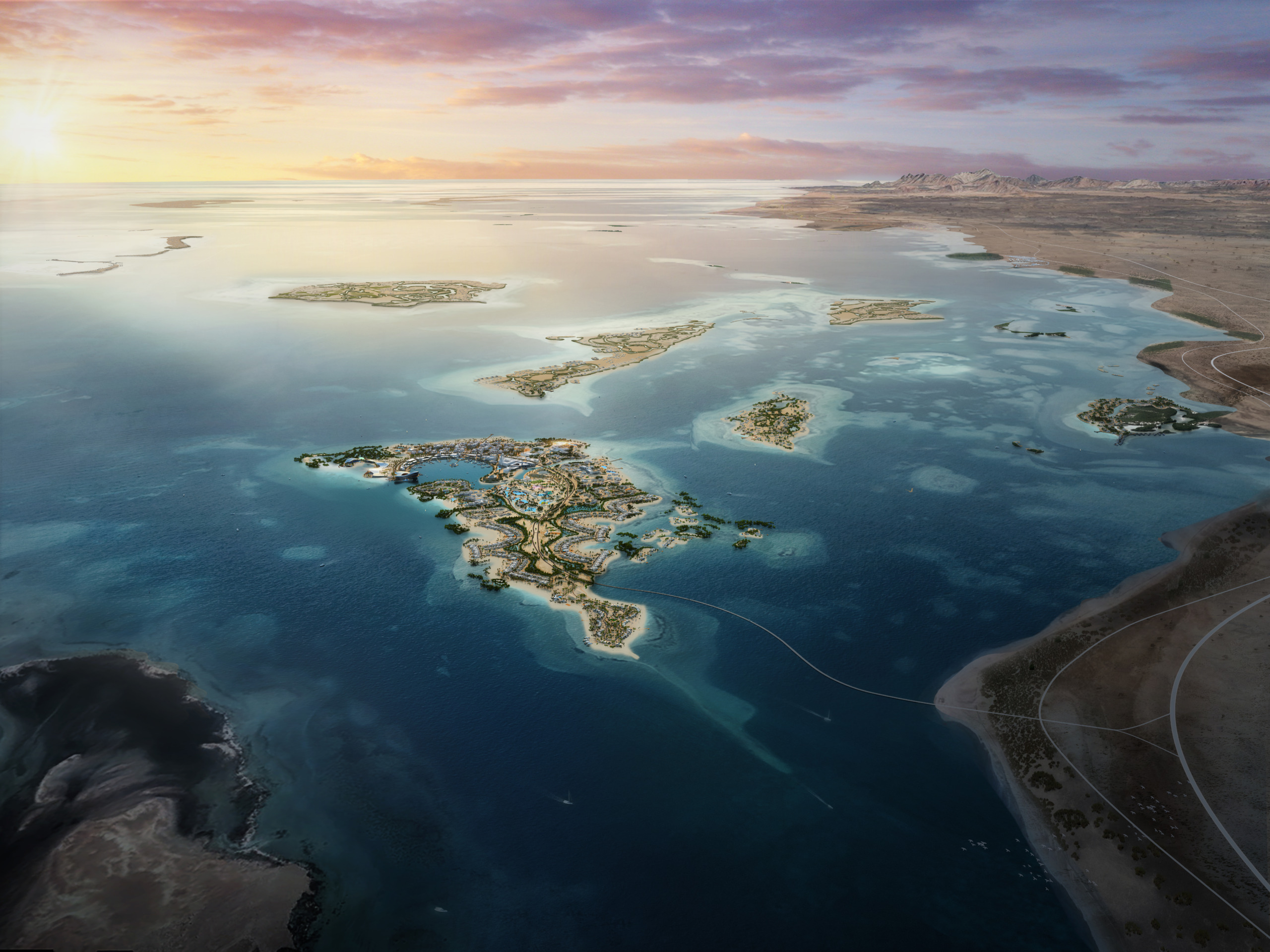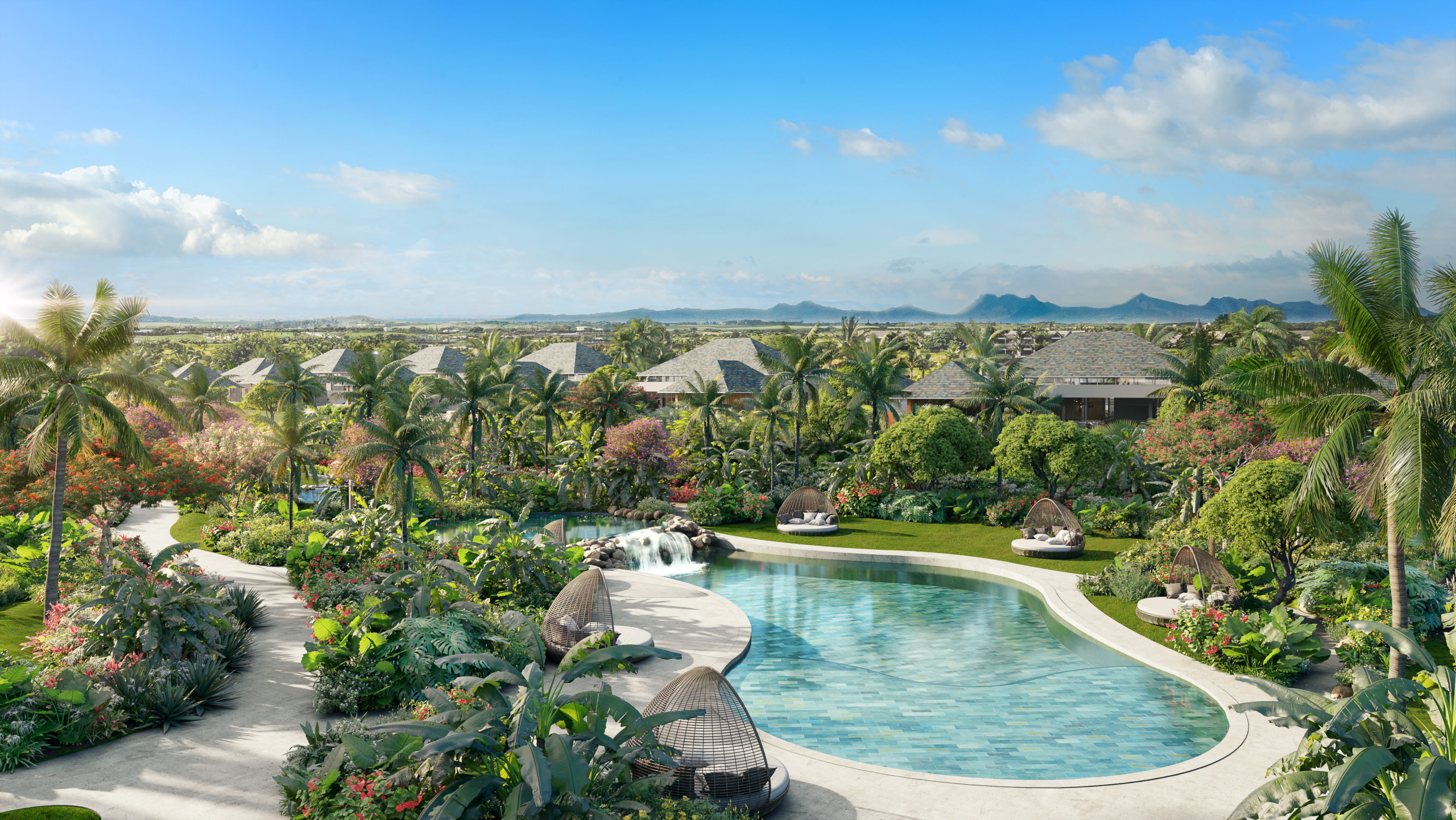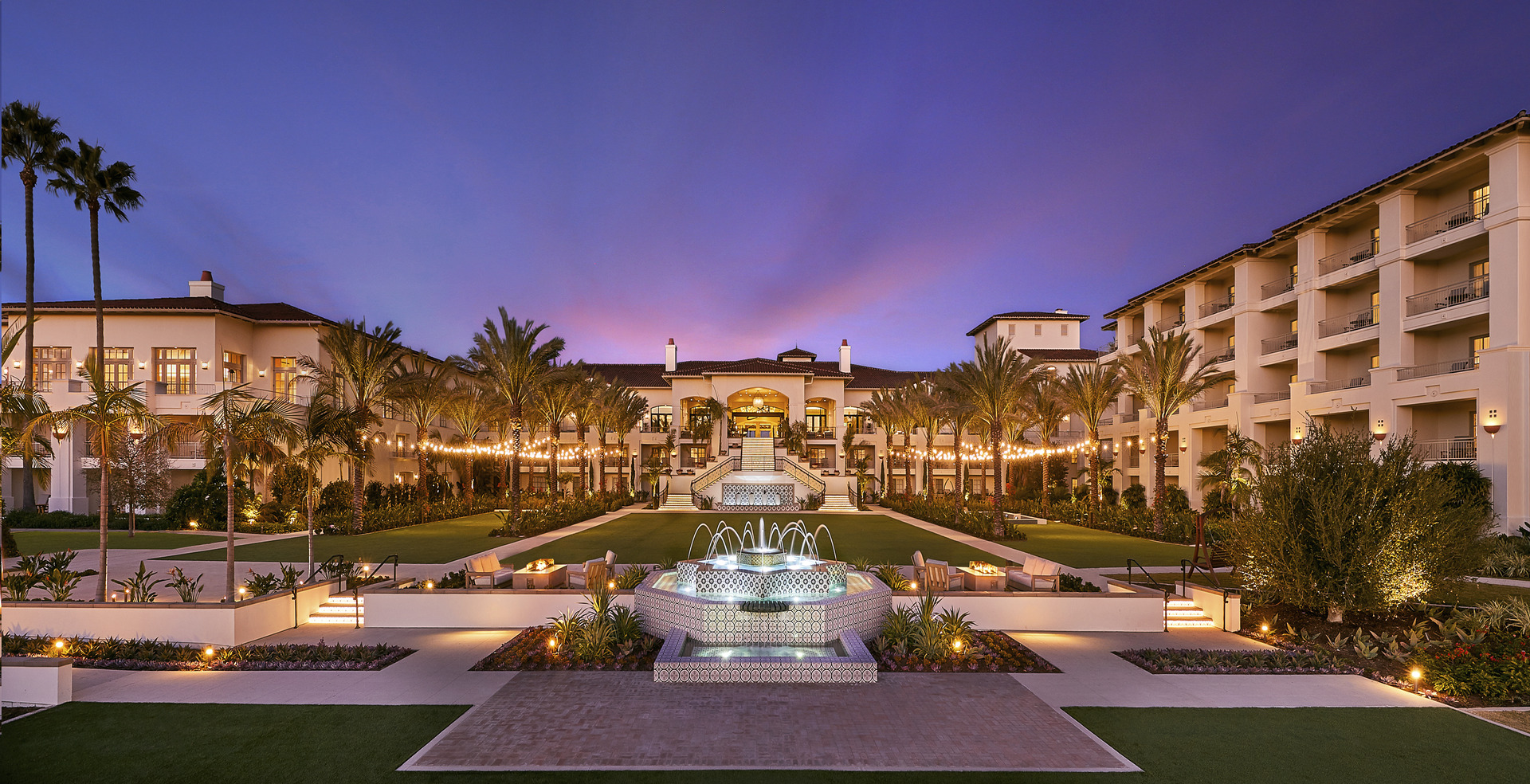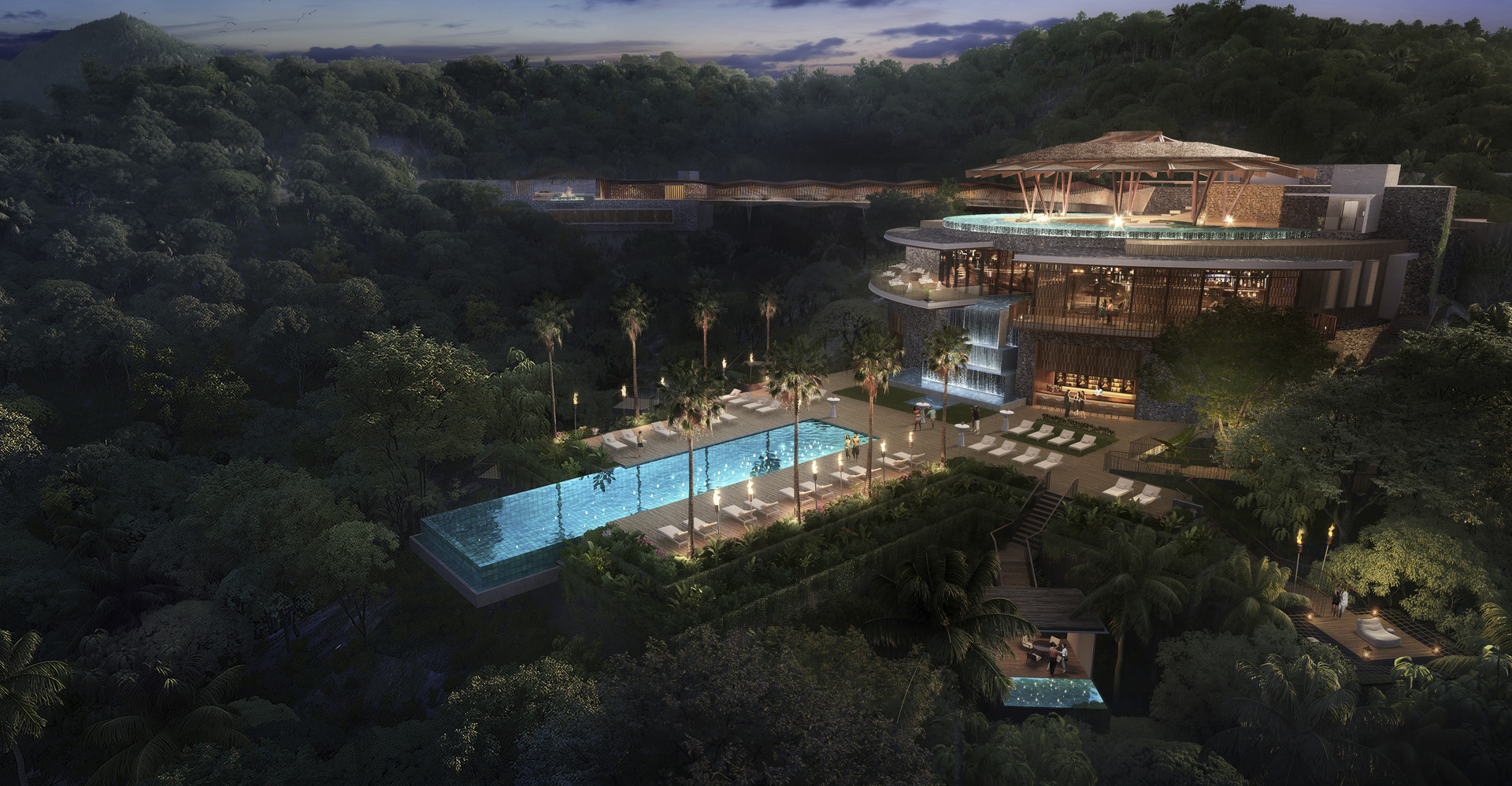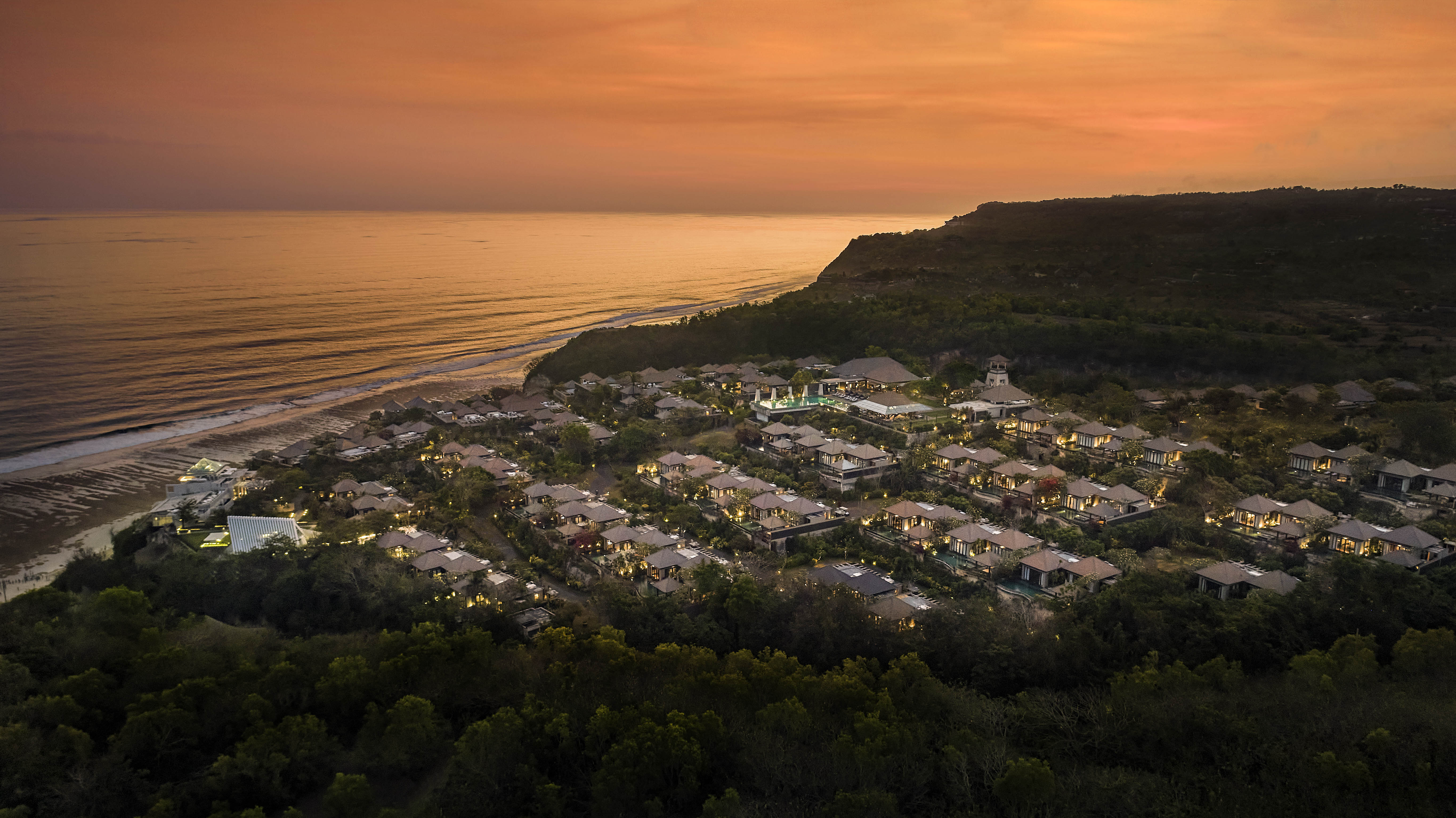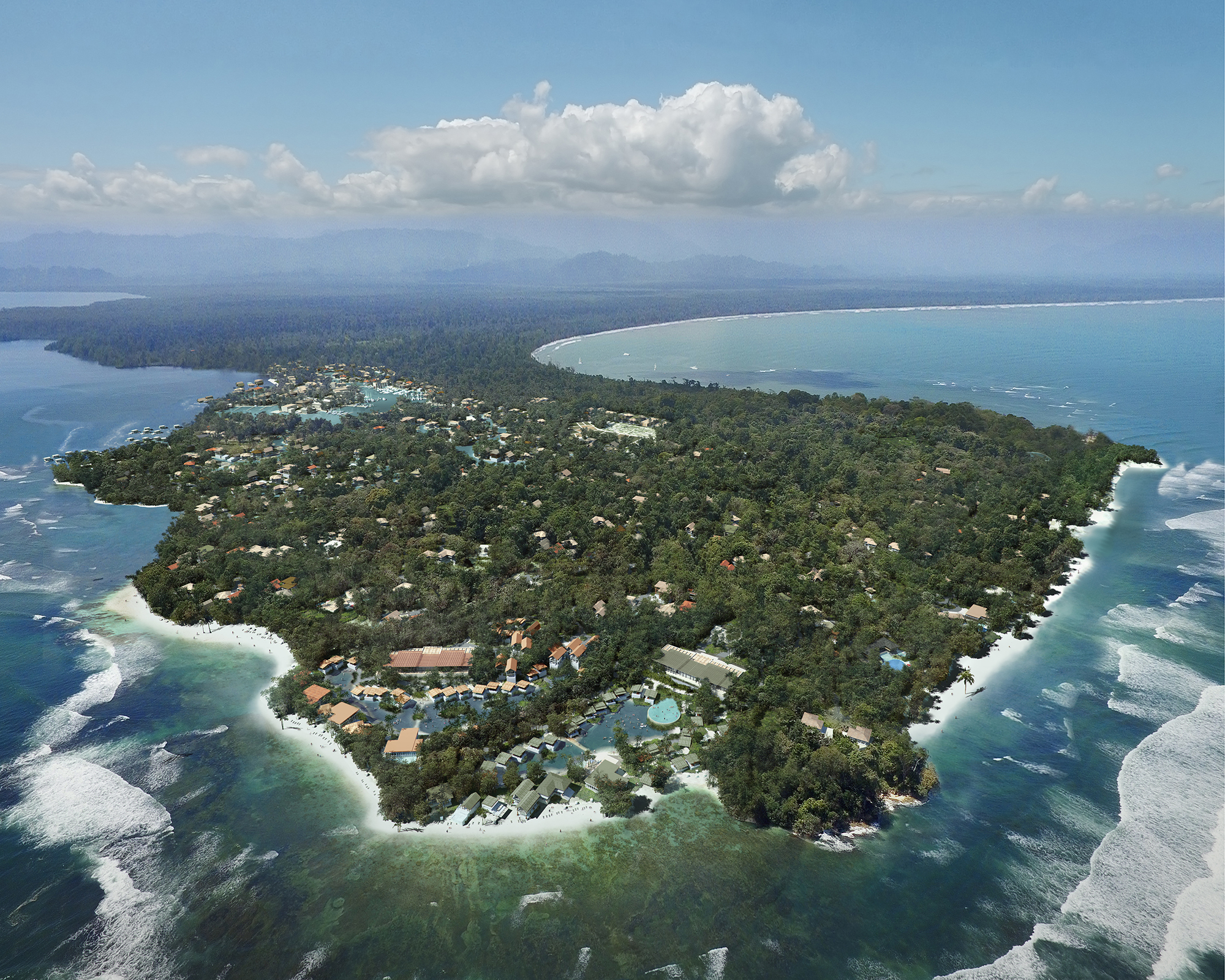The Rising Stars of Landscape Architecture & Master Planning
By WATG
September 4, 2024
At WATG, we believe in nurturing talent and fostering innovation across our diverse teams. In the second of the Rising Stars of WATG series, we highlight five rising stars who are making significant contributions to landscape architecture, master planning, and regenerative design.
We spoke to Claudia Fundarò, Project Landscape Architect, London, Jingjing Xiang, Project Planner, Singapore, Ali Aphandy, Senior Project Landscape Designer, Los Angeles, Peter Chang, Senior Project Landscape Designer, Los Angeles, and Yidan Zhang, Project Planner, Shanghai, about their career journeys and how their experiences have shaped their innovative approaches to design. They also share insights into the principles of regenerative design and how they are applying these concepts to projects that actively restore ecosystems and promote sustainability.
The designers also provide their perspectives on the future of landscape architecture, discuss the unique culture at WATG, and reflect on the lasting impact they hope to make through their work, both for the environment and the communities they serve.
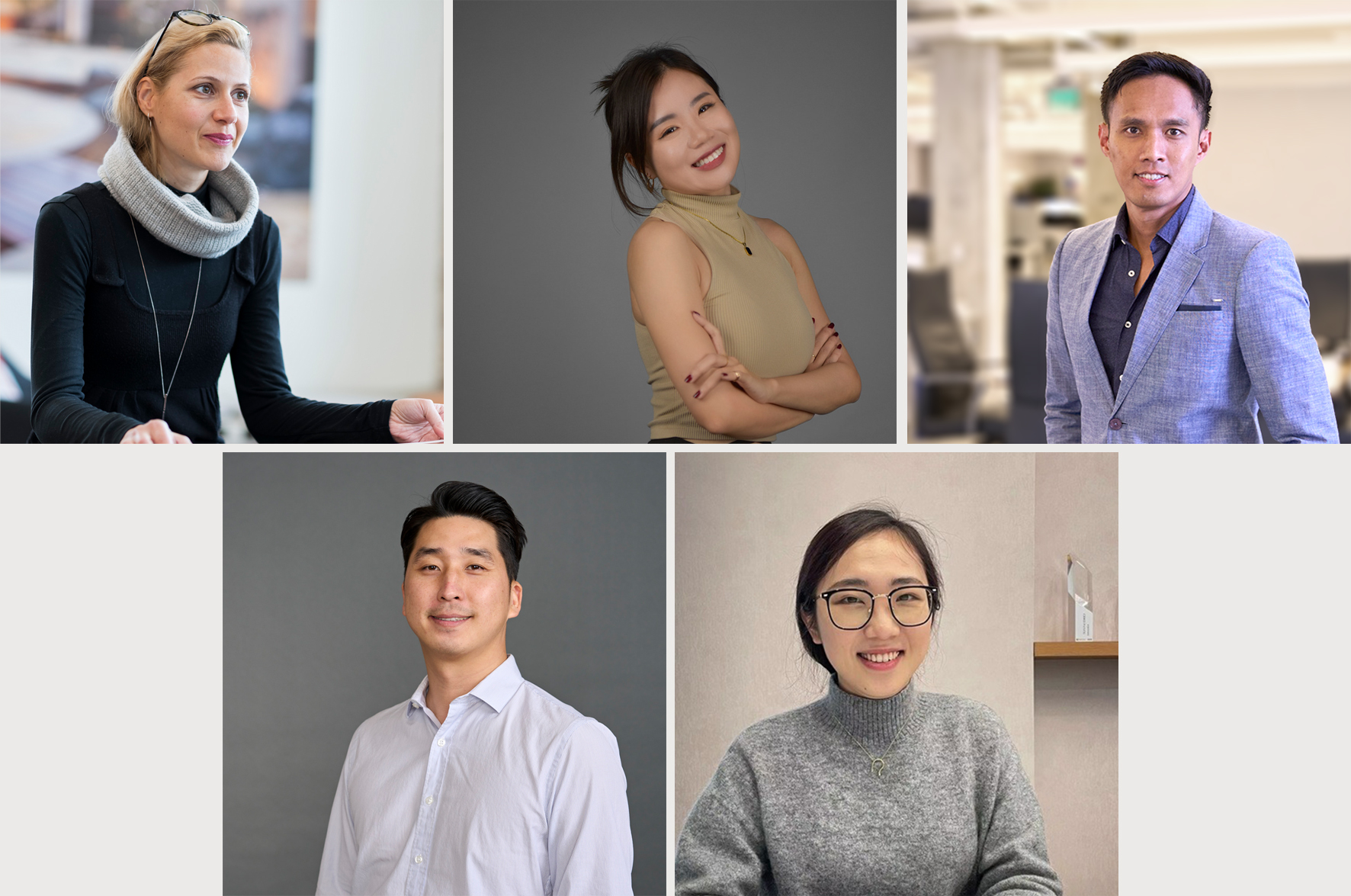
Claudia Fundarò, Jingjing Xiang, Ali Aphandy, Peter Chang, Yidan Zhang
Can you share a brief overview of your career journey and what brought you to WATG?
Jingjing Xiang: I joined WATG in 2014 after graduating with a Master of Urban Design from the National University of Singapore. My fascination for the harmonious blend of nature and the built environment drew me to planning. Over the past decade, I’ve focused on hospitality-related master planning work, deepening my commitment to sustainability and resilience. My journey at WATG has allowed me to work on diverse projects across Asia, which has broadened my perspective and expertise in creating vibrant, sustainable environments.
Yidan Zhang: I started my journey with WATG as a junior planner in 2018. Moving from the east coast to Southern California was a significant change, but it was exciting to experience a place where you can surf and ski on the same day. My first project, “The Red Sea Project,” allowed me to delve deeply into WATG’s hospitality expertise. After four years in the Irvine office, I moved to our Shanghai office in 2022, thrilled to grow with the team and contribute to projects that blend local and global perspectives.
Claudia Fundaro: My career developed in London-based firms, working on a wide range of international and UK projects. I joined WATG in 2019 in the London office as part of the Landscape and Planning Studio team. Since then, I’ve worked on various projects worldwide, always passionate about integrating high-quality design with sustainability and regenerative principles. My background in Environmental Sciences and subsequent shift to landscape architecture have equipped me with a unique perspective on sustainable design.

Phoenix Mountain Master Plan, Quarry Hotel Visionary Image (Generated by AI)
How do you define regenerative design in the context of your work at WATG?
Jingjing Xiang: Regenerative design involves creating spaces that not only minimize environmental impact but actively restore ecosystems and improve the living environment. For instance, in the Phoenix Mountain Master Plan in Guangzhou, the master plan is based on holistic regenerative design principles to restore a forest area damaged by mining. This included forest restoration, water management, and eco-revelatory design, aiming to rebuild the site’s ecosystem while introducing hospitality programs sensitively.
Yidan Zhang: Regenerative design is about creating projects that make a positive impact on the environment and communities. In “The Red Sea Project,” our plan balances the preservation of local environments with developers’ economic goals. We aim to control visitor numbers to reduce environmental impact, maintaining exclusivity and premium experiences. Our approach combined innovative design and services with environmental stewardship.
Claudia Fundaro: Regenerative design examines how the built environment can improve the health of local ecosystems and communities. In a project in Europe, we developed a master plan that enhances biodiversity and ecosystem value through habitat strategies, stormwater management, and sustainable technologies. This comprehensive approach ensures long-term ecological and community benefits, making the project a model for regenerative design in hospitality.
How does WATG’s integrated design approach influence your projects?
Jingjing Xiang: The integrated design approach is crucial for ensuring the feasibility and innovation of our projects. It helps visualize specific design ideas into physical spaces from the very early project phases. In the Phoenix Mountain project, multiple service lines contributed to a holistic solution, incorporating both 2D and 3D design suggestions. This approach ensured that our proposal was well-recognized by the client’s team and feasible for implementation.
Yidan Zhang: We work closely with landscape designers and architectural teams, ensuring our concept plans are practical and guide the project to successful implementation. This integrated approach greatly improves efficiency, leading to innovative outcomes that are both sustainable and resilient, demonstrating the power of integrated design.
Claudia Fundaro: Participating in integrated design projects within WATG has always been inspiring. Working closely with other disciplines allows us to find the best technical solutions and create a coherent, consistent design language. In the Mont Choisy project in Mauritius, we collaborated with a natural pool specialist to create a unique natural pool lagoon, which became an iconic feature of the development.
Peter Chang: Our clients come to us for our integrated design expertise, which involves a lot of collaboration with other disciplines. The Park Hyatt Aviara is a successful example, where our architecture, landscape, and interiors teams worked together to seamlessly connect indoor and outdoor spaces. Understanding the brand narrative and each other’s design influences was critical in creating a dynamic and successful outcome.
How do you manage and facilitate collaboration across different global regions and disciplines?
Jingjing Xiang: Consistent team communication and coordination are key. I worked successfully with colleagues from the London office on an ArcGIS-led project by leveraging time zone differences for efficient data management. This customized workflow made the original tight timeframe manageable, demonstrating the importance of effective global collaboration.
Yidan Zhang: Effective collaboration involves understanding the project’s broader perspective, communicating frequently, and keeping everyone in the loop. While working on a project in the Middle East, I coordinated with teams in California, London, and Egypt. Despite time zone challenges, our collaboration was highly productive, thanks to regular communication and well-organized workflows.
Ali Aphandy: Clear design directions and understanding team members’ skills are crucial. Using tools like Miro for continuous collaboration helps bridge time zone gaps. I’ve worked on projects where teams from different offices collaborated seamlessly, benefiting from around-the-clock work and efficient coordination.
Claudia Fundaro: Successful global collaboration involves sensitivity to cultural diversity and clear communication. In the Mont Choisy project, our collaboration with a natural pool specialist from South Africa and the wider design team overcame initial hesitations and resulted in a unique feature that enhanced the project’s value.
Peter Chang: Technology advancements have improved global collaboration, making it easier to share ideas and streamline design reviews. Tools like Miro and OneNote facilitate effective communication and coordination across different regions, ensuring that projects stay on track and meet client expectations.
How do you stay informed about the latest trends and innovations in sustainability?
Jingjing Xiang: As a BREEAM AP, I receive updates from BRE and engage with platforms like the Singapore Planning Institute and the Urban Land Institute. These resources keep me informed about the latest sustainability trends and practices, helping me integrate cutting-edge solutions into our projects.
Yidan Zhang: Our team exchanges knowledge, and we learn about local sustainability trends from clients. Websites specializing in sustainability news also help. I foresee a rise in green infrastructure, renewable energy technologies, and improved active transportation infrastructure in the near future.
Claudia Fundaro: Continuous professional development, attending seminars, CPD activities, and reading scientific papers keep me updated. LEED accreditation helps access global professional communities. I also stay informed about innovative materials, technologies, and regulations through professional networks and conferences.
Peter Chang: Online sources provide inspiration and updates. As designers, we look for ideas that push boundaries, whether real or conceptual. Green infrastructure will continue to increase, finding more reasons to be integrated into projects.
AI generated. The Future of Generative AI in Architecture and Design.
How do you envision the future of landscape architecture and master planning in the next decade?
Jingjing Xiang: The integration of technology and AI-assisted automation will become powerful, with increased focus on environmentally sensitive and sustainable planning strategies. The planning profession will transcend traditional project practices, incorporating innovative tools to enhance design processes.
Yidan Zhang: We’ll focus more on revitalizing existing cities, with AI streamlining tasks and creating spaces that connect with both the environment and people’s hearts. The key will be creating spaces that truly meet people’s needs and aspirations, enriching communities and improving daily life.
Ali Aphandy: Global warming concerns will drive future directions, affecting how we design open spaces and consider environmental impacts. Landscape architecture will need to carefully consider more aspects to create the right open spaces with appropriate design elements to support outdoor experiences.
Claudia Fundaro: Designing spaces that promote sustainability and wellbeing will become an even greater focus, developing finer and more sophisticated design approaches. Landscape architects will continue to play a crucial role in creating resilient, sustainable environments.
Peter Chang: The future lies in master-planned community developments and the importance of outdoor spaces. The pandemic highlighted the value of outdoor spaces, providing additional revenue and fostering social interaction. WATG will lead in providing exceptional design that benefits both the environment and clients.
What do you think sets WATG apart from other firms in the industry?
Jingjing Xiang: I appreciate WATG’s open-minded culture and supportive environment, encouraging young designers to explore new approaches and express their ideas freely. This fosters innovation and personal growth within the team.
Yidan Zhang: With nearly 80 years in the hospitality industry, we’ve built a strong reputation for innovation, constantly pushing boundaries. Our focus on developing legacy destinations that integrate natural beauty, local culture, and historical significance with luxury resort experiences sets us apart.
Ali Aphandy: Our storytelling in design enriches project value, providing deeper meaning to experiences. WATG’s friendly work culture inspires everyone to do their best, creating a conducive environment for creativity and collaboration.
Claudia Fundaro: Our ability to integrate high-quality design with sustainability and regenerative principles distinguishes us. WATG’s commitment to creating environments that benefit both the natural world and local communities is truly unique.
Peter Chang: The people at WATG make it exceptional, building special relationships and fostering a collaborative environment. The firm’s legacy and commitment to innovation are complemented by a culture that values personal connections and teamwork.
AI Generated. Designing The Hotel of the Future.
How do you hope your work at WATG will impact the communities and environments you design for?
Jingjing Xiang: I hope my work enhances quality of life, developing environments that promote social interaction, economic growth, and environmental stewardship. Creating vibrant, sustainable spaces that improve people’s living experiences is my passion.
Yidan Zhang: I aim to create destinations that evoke genuine “WOW” moments, leaving a long-lasting positive impact through sustainable design and cultural integration. It’s about enriching communities and environments in meaningful ways.
Ali Aphandy: Creating enjoyable moments for others is key, while concurrently taking care of the environment and ensuring our designs are functional and aesthetically pleasing. I hope to provide great moments for guests and users while being environmentally responsible.
Claudia Fundaro: Our work should celebrate cultural landscapes, protect ecosystems, and provide long-lasting benefits to communities. By integrating regenerative principles, we can create projects that truly enhance the natural and built environment.
Peter Chang: Our goal is to provide value to communities, respond to environmental needs, and leave lasting impressions on guests and clients. Understanding how we can enrich lives through thoughtful design is central to our mission.
At WATG, we are proud of the talent and dedication of our team members. Their passion for creating vibrant, sustainable environments is at the heart of our work, driving us to innovate and inspire through every project. Through integrated design, global collaboration, and a commitment to sustainability, our rising stars are shaping the future of landscape architecture and planning.
Latest Insights
Perspectives, trends, news.
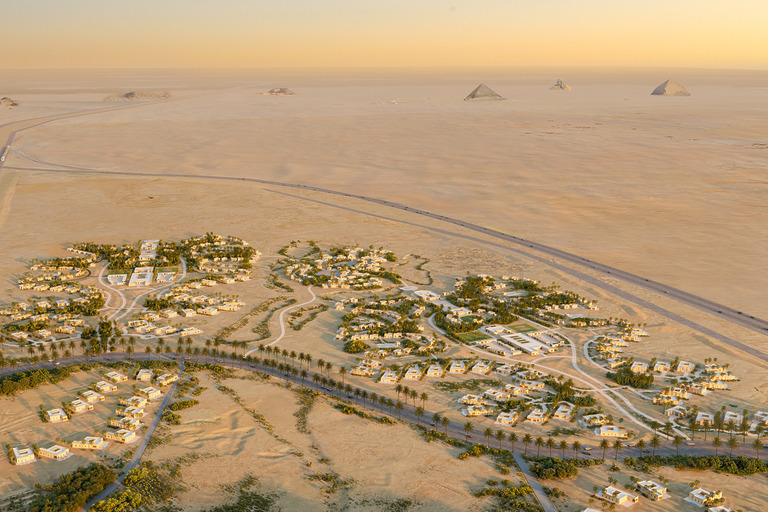
- News
WATG Leads Landmark Initiative to Shape the Future of the Giza Pyramids
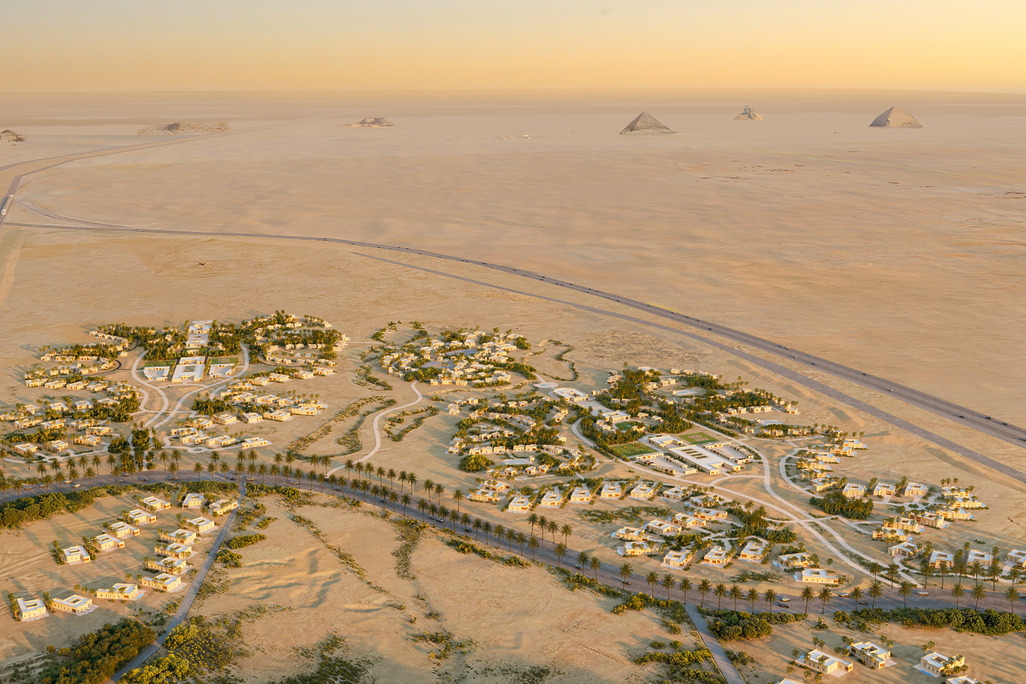
- News
WATG Leads Landmark Initiative to Shape the Future of the Giza Pyramids
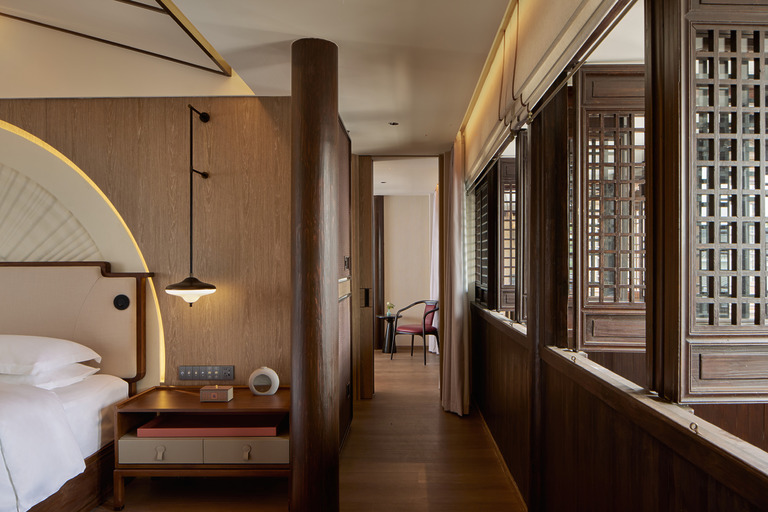
- Trends
Interior Design Trends 2026: Authenticity, resonance, and resilience.
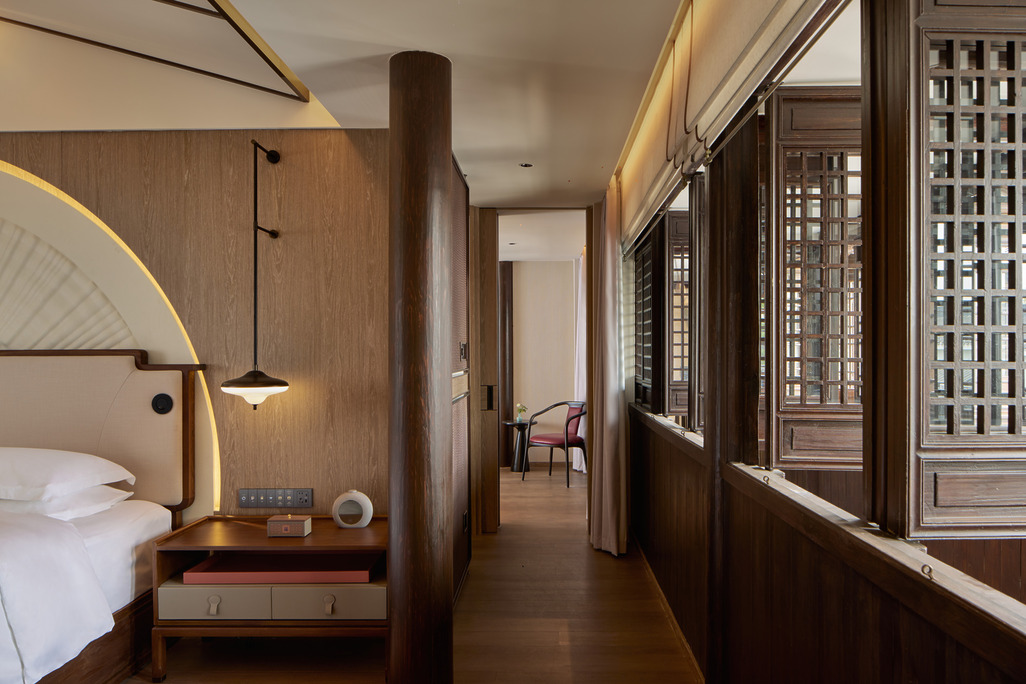
- Trends
Interior Design Trends 2026: Authenticity, resonance, and resilience.
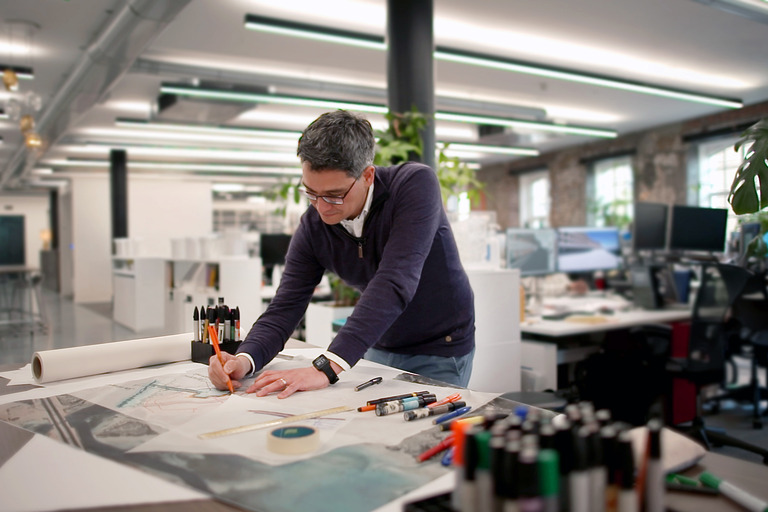
- Employee Feature
Designing for Joy, Purpose and Belonging
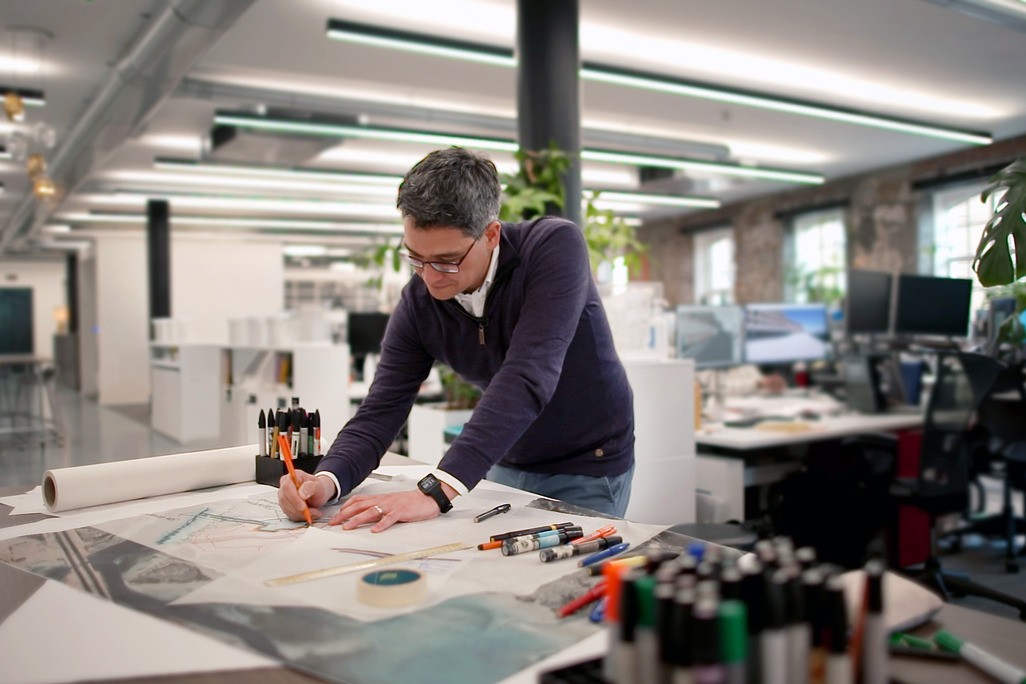
- Employee Feature
Designing for Joy, Purpose and Belonging
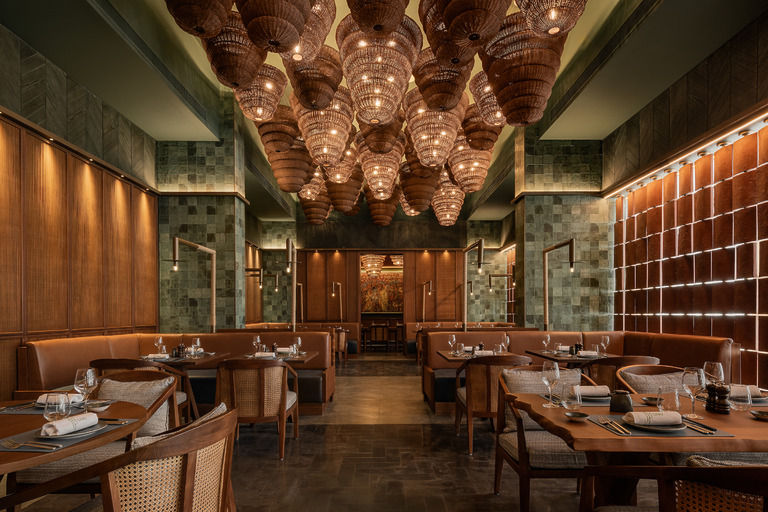
- Strategy & Research
Hospitality Trends 2026 by WATG Advisory
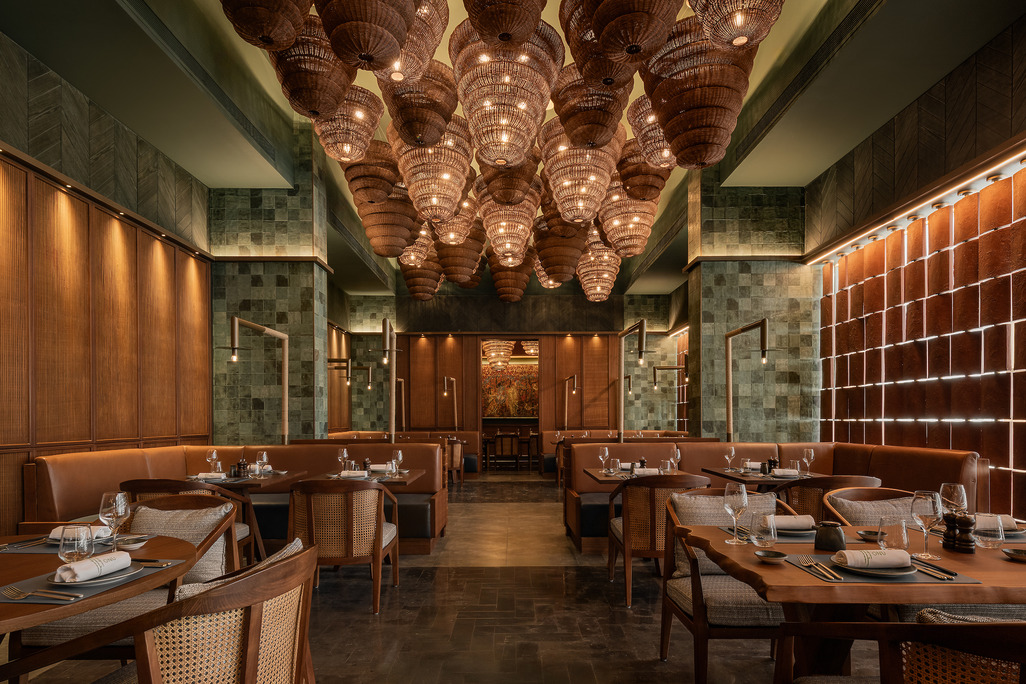
- Strategy & Research
